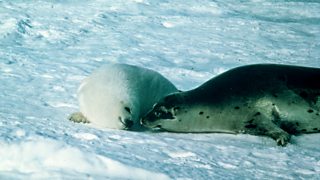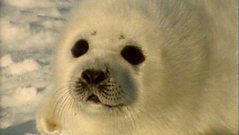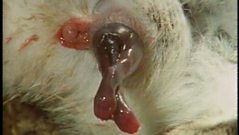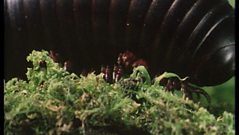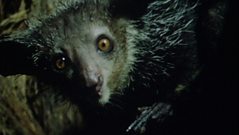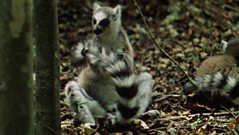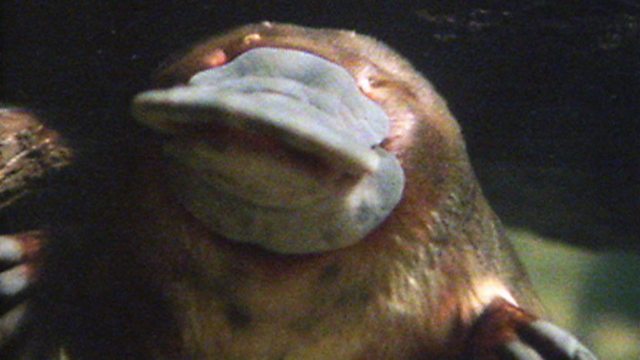
Egg-laying mammals? The platypus defies expectations
The platypus has an extraordinary mix of reptile and mammal features: furry and warm like other mammals, with webbed feet like an otter, it finds prey with a soft, rubbery beak.
As David Attenborough holds a squirming platypus, he says that when first brought to worldwide attention, people thought this weird animal was a hoax. It has an extraordinary mixture of reptile and mammal features: it's furry and warm like other mammals: it has webbed feet like an otter and it finds prey with a soft, rubbery beak, since it has poor eyesight.
But its breeding is very unusual. Platypus eggs are about the size of grapes. Laying eggs links the playtpus to the reptiles, but newly hatched platypuses are not left to fend for themselves as reptiles are. The female platypus, like all mammals, has sweat glands, and some on the underside of her body are adapted to ooze milk for the young to suckle. She has no nipples (mammae) which is the feature which gives mammals their name.
A similar sequence to this one about platypuses, in terms of natural history, was filmed 23 years after this, for The Life of Mammals. Together, the two sequences show how radically wildlife film-making has changed and what technological advances can bring to the arena. It's also one of many instances that has allowed Sir David a rare opportunity to engage with one of nature's most elusive and fascinating animals.
Duration:
This clip is from
Featured in...
![]()
±«Óãtv Nature
Be captivated, informed and inspired by the world's wildlife.
![]()
David Attenborough's favourites
David Attenborough's selection of memorable film moments demonstrating the leaps in filmmaking technology in the past 30 years and showcasing the diversity of life on Earth.
More clips from The Rise of the Mammals
-
![]()
Lucky pups
Duration: 03:29
-
![]()
Delay tactic
Duration: 00:33
More clips from Life on Earth
-
![]()
Lucky pups—The Rise of the Mammals
Duration: 03:29
-
![]()
Millennia of millipedes—The First Forests
Duration: 01:50
-
![]()
Creatures of the night—Life in the Trees
Duration: 01:16
-
![]()
Scent sense—Life in the Trees
Duration: 02:55
